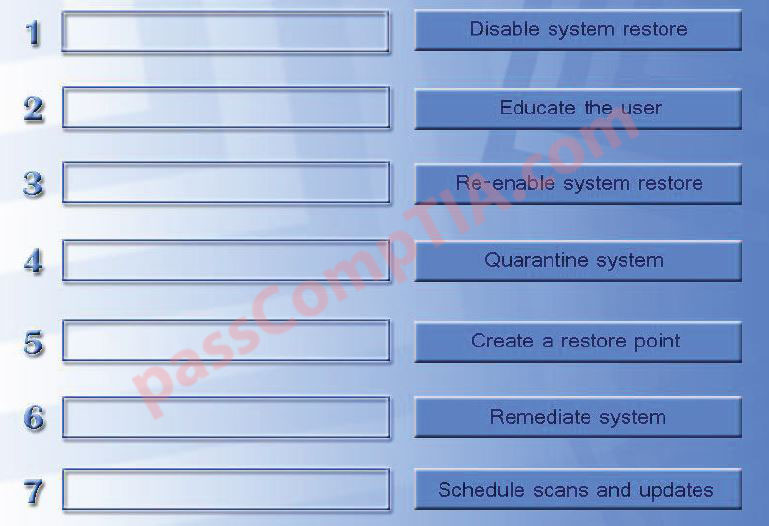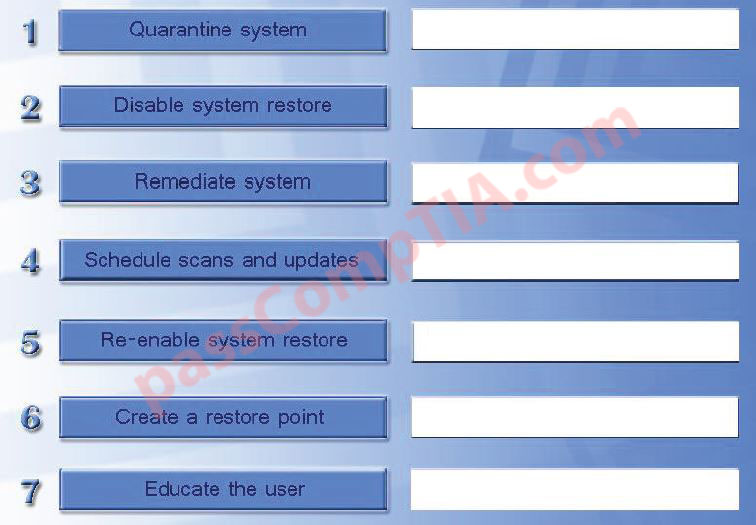A review of the company’s network traffic shows that most of the malware infections are caused by users visiting gambling and gaming websites. The security manager wants to implement a solution that will block these websites, scan all web traffic for signs of malware, and block the malware before it enters the company network. Which of the following is suited for this purpose?
A. ACL
B. IDS
C. UTM
D. Firewall

